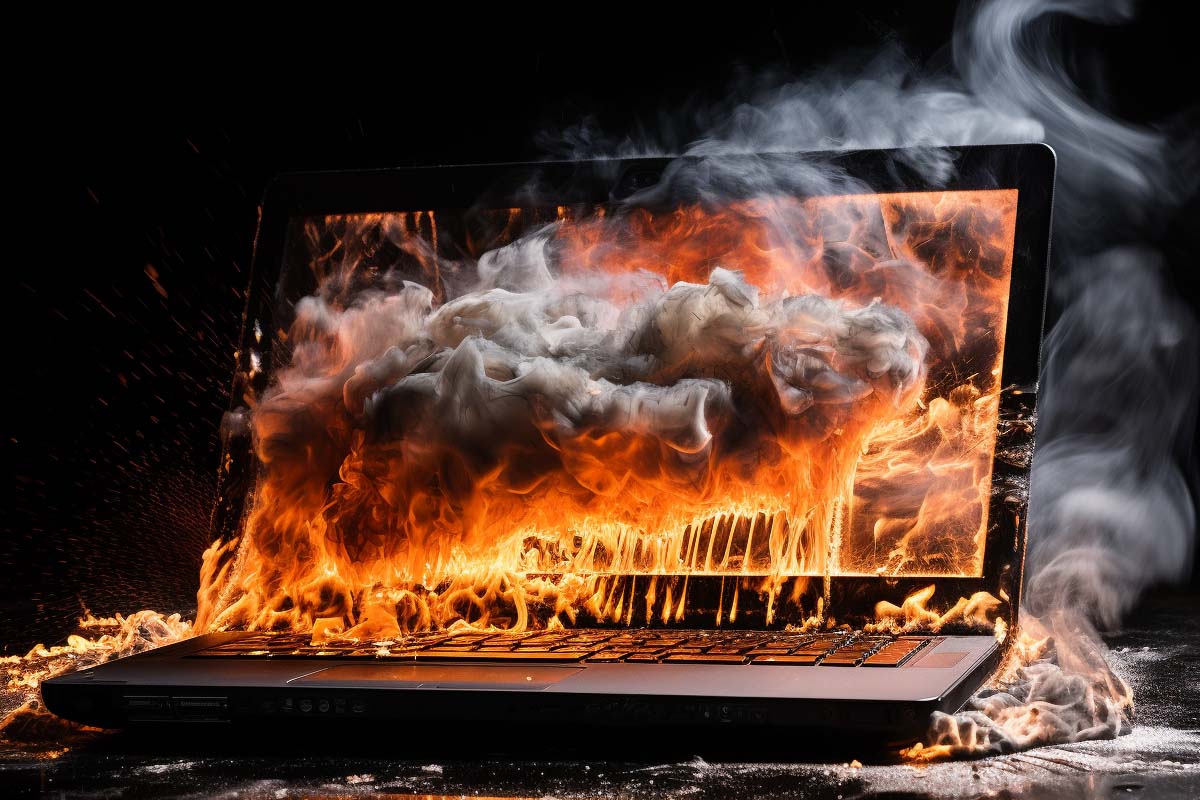What Is Alias Analysis?
Alias Analysis is a technique used in the field of computer programming and compiler design to determine whether two pointers, references, or locations refer to the same memory location. This

Is your computer overheating? Computers can overheat due to various factors, leading to performance issues, system instability, and potential hardware damage. Overheating generally happens when the computer’s cooling system fails to keep the hardware at a safe operating temperature.
Common Causes of Overheating

View our comprehensive training series covering all the key elements and certifications needed to successfully excel in an IT User Support Specialist job role.
Physical Signs
Software Indicators
Tools and Techniques
Steps for Diagnosis
ITU provides you with a select grouping of courses desgined specfically to guide you on your career path. To help you best succeed, these specialized career path training series offer you all the essentials needed to begin or excel in your choosen IT career.
Basic Fixes
Advanced Solutions
Regular Maintenance
Hardware Considerations
Other related Blogs
Early signs include excessive heat from the computer case, louder-than-usual fan noises, reduced performance during tasks, and unexpected system shutdowns or restarts.
Use hardware monitoring software to check the temperature of your CPU and GPU. Also, check for physical signs like excessive heat and listen for unusually loud fan noises.
Common causes include dust buildup, poor ventilation, malfunctioning cooling fans, high ambient temperatures, and overclocking without adequate cooling.
Yes, prolonged overheating can lead to hardware damage, including reduced lifespan of components and potential failure of critical parts like the CPU and GPU.
Regularly clean your computer’s internal components and vents, ensure proper airflow, use high-quality cooling solutions, and avoid excessive overclocking. Also, keep your computer in a cool, well-ventilated environment.
Lorem ipsum dolor sit amet, consectetur adipiscing elit. Ut elit tellus, luctus nec ullamcorper mattis, pulvinar dapibus leo.
$49.99 Original price was: $49.99.$16.99Current price is: $16.99. / month with a 10-day free trial
Alias Analysis is a technique used in the field of computer programming and compiler design to determine whether two pointers, references, or locations refer to the same memory location. This
A subnet mask is a 32-bit number that divides an IP address into network and host parts, identifying the network’s address and the devices (hosts) within that network. Subnet masks
WebAssembly, often abbreviated as WASM, is a cutting-edge technology designed to enable high-performance applications on the web. It is an open standard that defines a binary format and a corresponding
Organic Computing is an emerging field in computer science and engineering, focused on developing systems that exhibit self-organizing, self-healing, self-configuring, and adaptive behaviors. Inspired by the principles of natural and
Next-Generation Network (NGN) is a broad term that encompasses a significant evolution in telecommunication core and access networks. The primary goal of NGN is to replace the traditional telecom network
A Data Broker, often positioned within the complex ecosystem of digital information exchange, acts as an intermediary specializing in collecting, analyzing, and selling or otherwise disseminating data about individuals or
HTTP Compression is a technique employed in web development and networking to enhance the efficiency of data transfer over the internet. It involves the process where a web server and
A Data Management Platform (DMP) stands as a crucial technological foundation in the digital advertising and marketing ecosystem. It serves as a centralized system designed for collecting, organizing, and managing
An Object Repository (OR) is a pivotal element in the landscape of software testing and development, particularly within the realms of automation testing and web development. This centralized storage location
Version history, also known as revision history or version control, is a system that records changes to a file or set of files over time so that specific versions can
Three-tier architecture is a well-established software design pattern used in the development of web applications and information systems. This architecture divides an application into three distinct layers: Presentation, Business Logic,
Oracle Cloud Infrastructure (OCI) is a comprehensive cloud services platform provided by Oracle Corporation, offering high-performance computing capabilities and storage in the cloud. OCI is designed to support both traditional
ENDING THIS WEEKEND: Train for LIFE at our lowest price. Buy once and never have to pay for IT Training Again.

Get ready for the updated 220-1201 & 220-1202 exams with our brand-new CompTIA A+ training—designed to help you pass with confidence and start your IT career strong. Access this course and over 2,900 hours of expert-led IT training when you sign up for any of our All-Access Passes. Don’t miss out—enroll now and start learning today!